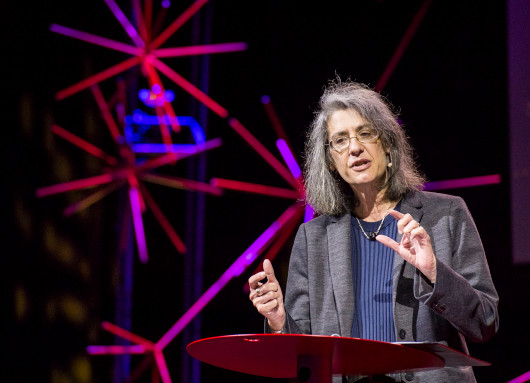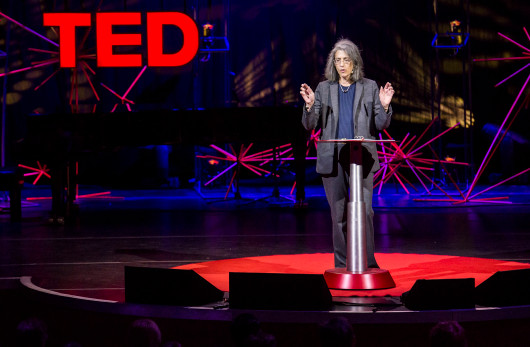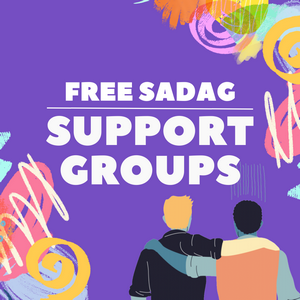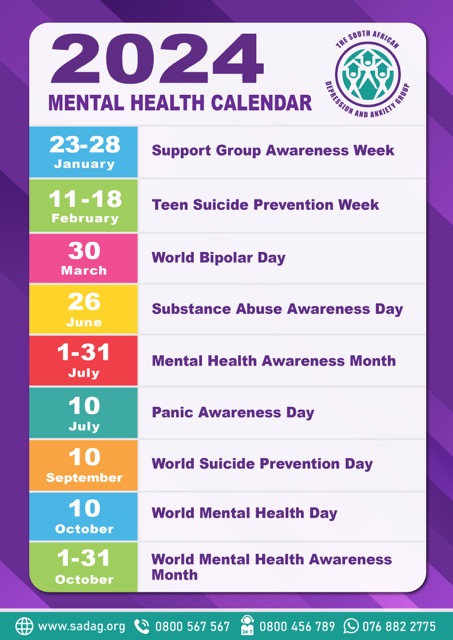TEDBlog
Posted by: Ben Lillie
June 27, 2012 at 10:44 am EDT
A professor with schizophrenia

Elyn Saks has chronic schizophrenia, and she is a professor of law, psychology and psychiatry at USC. She might have spent her life in the back ward of a hospital, but that’s not what happened.
She starts by telling of the time when Dr. White, her doctor after she graduated from law school, was getting ready to leave his practice. The idea of losing his care hit her hard, and she had a break. A good friend came to help, and reading from her journal, she says, “I opened the door to my studio apartment. Steve would later tell me that all the times he had seen me psychotic, nothing would prepare him for what he saw that day.” She describes a crumbling world, with voices saying: “Tell the clocks to stop. Time is. Time has come.”
She’s here to tell us her story. This is, she hastens to add, her own experience. “Everyone becomes psychotic in his or her own ways.”
What schizophrenia is
Schizophrenia is a brain disease, and the defining feature is psychosis — or being out of touch with reality. Involving loose associations and hallucinations. For example, during her episodes she often has the feeling that she had killed hundreds of thousands of people with her thoughts, or that nuclear explosions are about to be set off in her brain. She reminds us that, “It is not the same as multiple personalities. It’s not split, but shattered.”
Her first episode occured in law school, in the first semester. She had made a date to study, but she began “talking in ways that made no sense. ‘Memos are visitations…'” Her friends looked like they had been splashed with cold water and asked what had happened. “This is the real me,” she replied, and went to the roof of the Yale Law School, where she began singing and jumping around. At home, she couldn’t settle down, and the symptoms got worse. This led to her first hospitalization.
Once there, a doctor and his team of goons immediately lifted her up and slammed her down onto a metal table, so hard she saw stars, and bound her arms. “A sound came out of my mouth I’d never heard before: barely human and pure terror.”
One reason they gave for involuntary restraint: She couldn’t finish her Yale Law homework. (What, she wondered, did this say about her fellow students?) She spent five months in the hospital, often restrained. “There is nothing benign about restraint — every week in the United States 1 to 3 people die in restraints. It’s unclear if using restraints is saving or costing lives.” She consulted experts, and said, surely, they must be degrading, painful, and scary. She was told: “These people are psychotic. They’re different from me and you. They wouldn’t experience restraints the way we would.” Silence in the room.
She is, she said, “Very pro-psychiatry and very anti-force…. Force is a terrible thing to do to another person with a terrible illness.”
The road to where she is now
She has tried to get off medications, as a way to prove she wasn’t ill. It didn’t work. She began seeing evil beings; at one point she ended up in the office of a consulting doctor who’d thought she had a mild case of schizophrenia. She showed up in his office, curled up in a ball and said, “Is it OK if I totally trash your office? I’m God, or I used to be.”

Eventually she realized she needed to take more medication. The wall between the sick woman and the professor was smashed.
She notes: “Everything about this illness says I shouldn’t be here. But I am.” There are reasons she’s here today, able to talk to us:
1.She has had excellent treatment, including psychiatry and psychopharmacology.
2.She has amazing friends and family. Relationships that “have given my life a meaning and a depth.”
3.The USC Law School is enormously supportive. It is also intellectually stimulating, and occupying her mind is one of the best defenses she has.
But she still didn’t make her condition public until recently, out of fear of the strong bias against those with mental illness. If we hear only one thing from the talk, what she would like us to hear is, “There are no ‘schizophrenics,’ only people with schizophrenia. We must stop criminalizing mental illness. It’s a national tragedy and scandal that the LA Country Jail is the biggest psychiatric hospital in the United States.”
Recently, a friend posed a question for her, “If there was one pill that would immediately cure you, would you take it?” Rainer Maria Rilke famously said he’d refuse psychotherapy — saying, “Don’t chase my devils away, because my angels may flee too.” Saks, on the other hand, would take that pill in a heartbeat. But she doesn’t wish to be seen regretting the life she could have had, nor does she want pity. What she wants is what everyone wants: “To work and to love.”
Photos: James Duncan Davidson

























